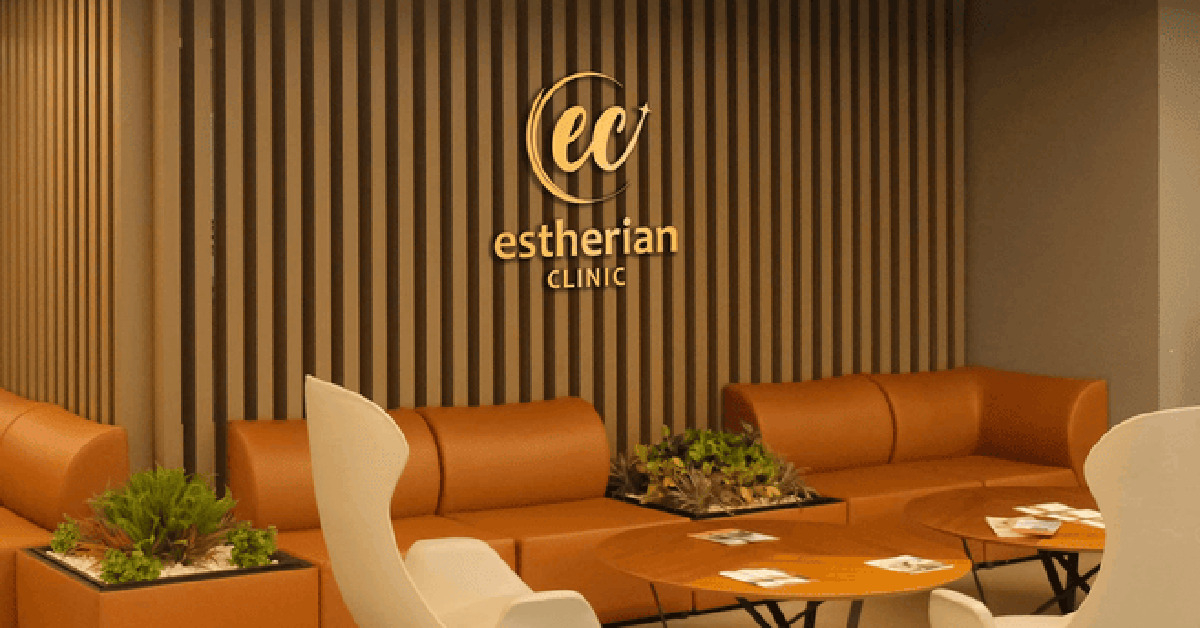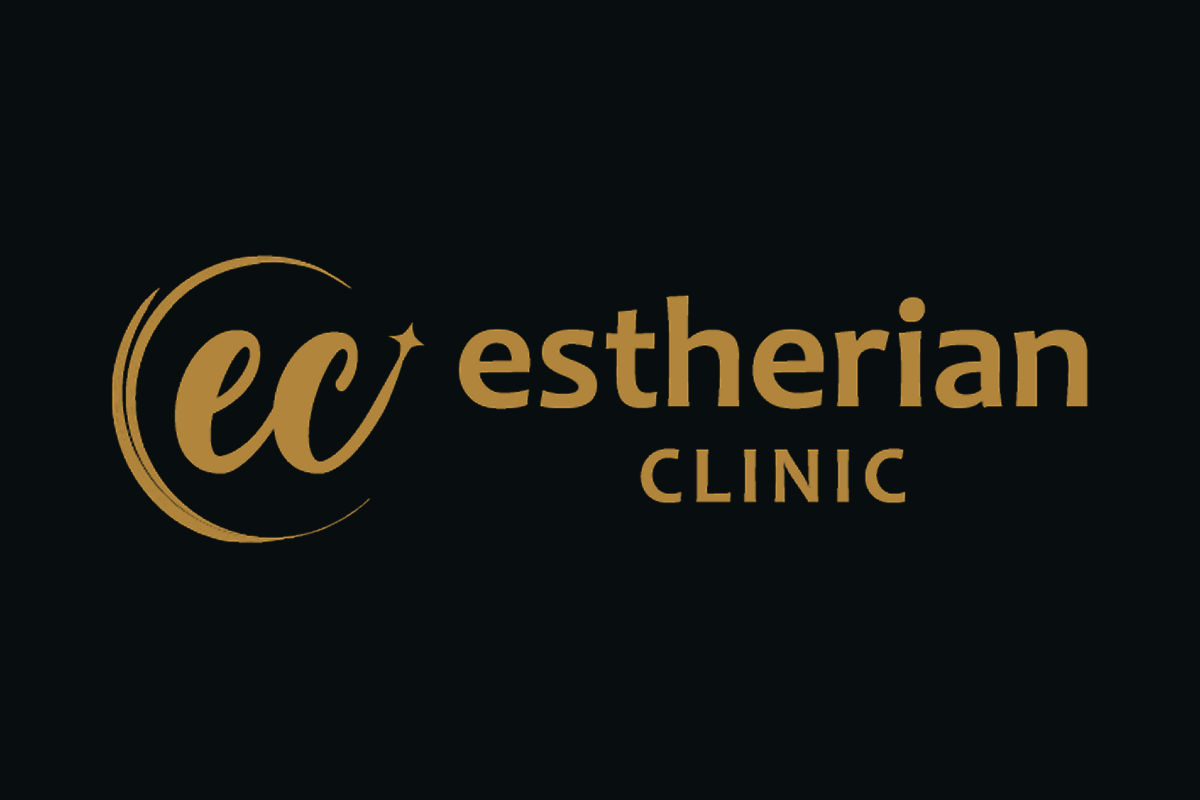As global interest in gluteal enhancements surges, Turkey has solidified its place as a top destination for butt implant and lift surgery. Estherian Clinic, founded in 2020 by Dr. Cengizhan Ekizceli, now performs hundreds of gluteal procedures yearly under a team of three board-certified surgeons, backed by a 100+ person support network.
According to the International Society of Aesthetic Plastic Surgery (ISAPS), buttock augmentation was one of the fastest growing procedures globally in 2022, with over 820,762 procedures reported, marking a 56.8% increase over prior years (source). Meanwhile, the global buttock augmentation market — including implants and injections — was valued at roughly USD 1.83 billion in 2020, projected to expand to USD 11.2 billion by 2030 (CAGR of 21.2%) (source).
Within Turkey, cosmetic procedure statistics highlight strong demand: in 2022, around 470,900 cosmetic surgeries were performed, the highest recent total, and Turkey drew over 1.2 million medical tourists that same year (source). Liposuction (64,600 procedures) and rhinoplasty (56,700) were among the most common operations (source).
The Turkish Advantage: Why Patients Choose Turkey
- High medical quality + lower cost: many Western clinics charge multiples of what Turkish clinics ask.
- Strong aesthetic tourism infrastructure: clinics often provide full service—from airport transfers to translation (source: health score of Türkiye).
- Surgeon experience from high procedure volume: in a high-demand environment, surgeons develop refined technique
- Regulatory oversight and international accreditation in many Turkish clinics bolster patient confidence
Procedure Timeline and Key Steps
Pre-operative (typically 1–2 weeks before surgery):
- Comprehensive medical evaluation and imaging
- Blood tests, pre-operative screening, informed consent
- Smoking, NSAIDs and anticoagulants stopped 24–48 hrs prior
Surgical Phase:
- Anesthesia (general or regional)
- Incision and placement of silicone gluteal implants
- Optional selective liposuction to sculpt the surrounding tissue
- Closure, dressing, intraoperative monitoring
Recovery and Aftercare (Weeks 0–4+):
- Initial bed rest with special cushions
- Pain management, antibiotics, dressing changes
- Gradual return to sitting / movement over 3–4 weeks
- Scheduled follow-ups, hygiene instructions, light physical activity
By Week 3–4, most patients can resume moderate daily activities.
Clinic Profile and Surgeon Credentials
- Dr. Cengizhan Ekizceli — Founder (2020), leads clinical protocols and quality standards
- Dr. Mehmet Yıldıran and Dr. Alirza Jahangirov — Fellow surgeons
- All three are graduates of Istanbul University Cerrahpaşa Medical Faculty, a top medical school in Turkey
- Each surgeon performs 1–3 gluteal surgeries per day, ensuring deep procedural familiarity
- Backed by 100+ multidisciplinary staff (anesthesia, nursing, patient coordination, rehab) working in sync
Risks, Outcomes and Evidence
Silicone gluteal implant surgery carries risks: wound dehiscence (9.6%), seroma (4.6%), infection (1.9%) and transient sciatic nerve symptoms (1.0%) have been documented in analyses of 2,375 patients (overall complication rate of 21.6%). In contrast, fat grafting (autologous transfer) carries a lower complication rate (9.9%) in larger series.
In a broader review of 52 studies (7,834 patients), gluteal implant augmentation had a 30.5% overall adverse event rate, whereas autologous fat grafting’s rate was 10.5% (source). Despite higher risk, satisfaction rates in both groups are consistently high in published reports.
FAQ — Key Patient ConcernsHow long is the recovery period?
Most patients require 3–4 weeks before returning to normal sitting and light activity.
Are results permanent?
The implant itself is permanent. Fat transfers (in BBL methods) may partially reabsorb; remaining grafted fat can last 5–10 years in many cases.
Any patient experience?
Famous Irish icon Eva Van Rose shares her journey after BBL surgery: https://www.youtube.com/watch?v=48ph3Io9u_c
How is a natural look achieved?
Achieving a natural aesthetic depends on proportional implant size, precise placement, sculpting of adjacent tissues, and the surgeon’s experience — an advantage in a high-volume clinic like Estherian.
What’s the difference between butt implants and BBL?
- BBL (Brazilian Butt Lift): uses fat harvested from other body areas then injected into the buttock
- Butt implant surgery: involves insertion of silicone implants, with optional small liposuction in adjacent zones
Comparison: Butt Implants vs BBL
Method:
- Butt implant: Silicone implant inserted
- BBL (fat transfer): Liposuction and fat injection
Longevity:
- Butt implant: Permanent
- BBL (fat transfer): Partial reabsorption possible
Risk profile:
- Butt implant: Higher complication rate
- BBL (fat transfer): Lower overall, but donor site risks exist
Recovery:
- Butt implant: About three to four weeks
- BBL (fat transfer): Similar or slightly longer
Natural integration:
- Butt implant: Depends on surgical technique
- BBL (fat transfer): Uses native tissue for natural blending
About Estherian Clinic
Founded in 2020 by Dr. Cengizhan Ekizceli, Estherian Clinic is dedicated to enhancing your beauty. We strive to deliver exceptional services throughout your entire treatment journey, from start to finish. For more information, visit estherian.com.
Media Contact
Ferhat Kondakci
pr@estherian.com


